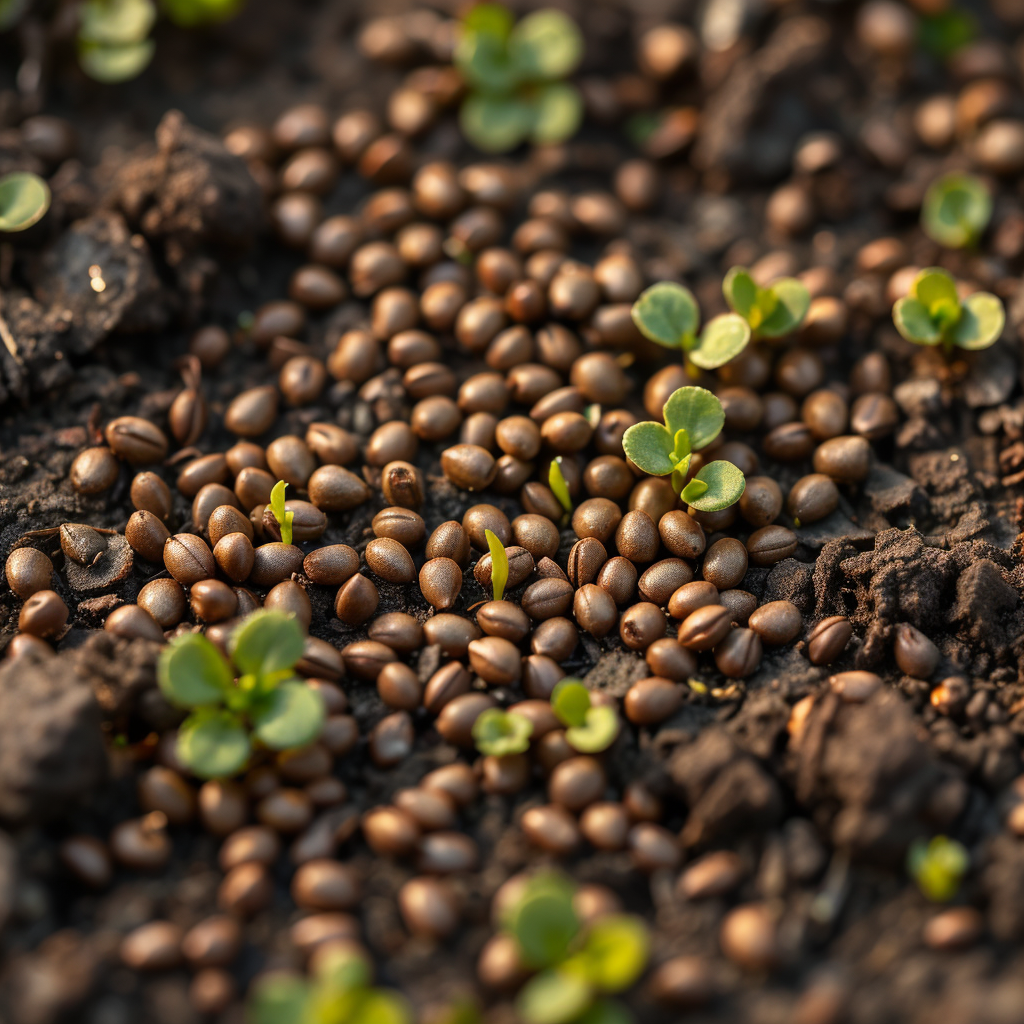Introduction: Creeping Thyme Seeds
Creeping Thyme Seeds (Thymus serpyllum) seeds are a popular choice for gardeners looking for a low-maintenance, drought-tolerant ground cover. With their fragrant foliage and tiny purple flowers, creeping thyme is both ornamental and functional. Ideal for filling gaps between stones, edging garden beds, or acting as a lawn alternative, these seeds are easy to plant and care for.
Reason of choosing creeping thyme seeds? Beyond their aesthetic appeal, creeping thyme is a hardy herb that thrives in various soil types, attracting pollinators and repelling pests. Let’s explore how to grow, care for, and utilize creeping thyme in your garden.
Benefits of Growing Creeping Thyme Seeds
To plant creeping thyme seeds, consider these benefits:
-
Low-maintenance ground cover: Once established, it suppresses weeds and requires minimal watering.
-
Drought-tolerant: Suitable for dry, rocky areas where other plants struggle.
-
Attracts pollinators: Bees and butterflies are drawn to its flowers.
-
Repels pests: Thyme naturally deters certain garden pests, including cabbage worms.
-
Versatile: Can be used in garden beds, rock gardens, or as a lawn substitute.
Related Keywords:
-
Ground cover seeds
-
Pollinator-friendly plants
-
Drought-tolerant plants
2. How to Plant Creeping Thyme Seeds
To grow creeping thyme successfully, follow these steps:
-
Prepare the soil: Creeping thyme prefers well-draining soil with a pH between 6.0 and 8.0. Enhance compacted or clay-heavy soil by adding sand or organic compost for better drainage and plant growth.
-
Sow the seeds: Scatter the seeds on the soil surface and press them gently, as they require light to germinate. Plant in early spring after the last frost or in late summer.
-
Water regularly: Keep the soil consistently moist until the seeds germinate, which usually takes 14 to 28 days.
-
Space the plants: Thin the seedlings so they are spaced about 6 to 12 inches apart, giving them room to spread.
Pro Tips for Creeping Thyme Seeds:
-
For faster coverage, start seeds indoors 6-8 weeks before the last frost.
-
Use a fine mist to water seeds and prevent displacement.(Read more about seeds)
3. Caring for Creeping Thyme Seeds
Creeping thyme is a hardy plant but needs some attention during its early stages.
Watering:
-
Once established, creeping thyme is drought-tolerant. Water sparingly, about once a week during dry periods.
-
Pruning:
-
After blooming, trim back the plant to encourage new growth and maintain a compact shape.
Fertilizing:
-
Minimal feeding is needed. Apply a balanced, slow-release fertilizer once in early spring for optimal growth.
Weed Control:
-
Mulch around the plants to retain moisture and prevent weeds from taking over.
Creeping Thyme Seeds Varieties and Companion Plants
Several varieties of creeping thyme offer unique features:
-
Elfin Thyme: A dwarf variety that stays low to the ground, ideal for filling in small cracks between pavers.
-
Red Creeping Thyme: Known for its vibrant red flowers.
-
Woolly Thyme: A soft, fuzzy variety that’s great for edging paths.
Companion Plants for Creeping Thyme:
-
Lavender: Complements thyme with its similar growing needs and fragrant blooms.
-
Sedum: Both are drought-tolerant and provide ground cover.
-
Chives: Another herb that shares similar soil and sun preferences.
How to Use Creeping Thyme Seeds in Your Garden
Creeping thyme serves multiple functions in landscaping: As Ground Cover:
-
Lawn replacement: Perfect for small, sunny areas where traditional grass struggles. It creates a dense mat that requires no mowing.
In Rock Gardens:
-
Fills crevices in rock walls and pathways with lush, aromatic greenery.
In Edible Gardens:
-
Use thyme as a herbal edging plant in vegetable gardens. Its fragrance deters pests like aphids and cabbage moths.
In Pollinator Gardens:
-
Its flowers attract bees and butterflies, making it a must-have for eco-friendly gardens.
Key Challenges and Effective Solutions Creeping Thyme Seeds
Optimizing Germination:
Encourage seed sprouting by providing ample light and leaving them uncovered by soil.
Vibrant green leaves:
Overcoming Root Rot
Promoting a Pest-Resilient Environment:
Though thyme repels many pests, aphids may still be an issue. Treat affected plants with a mild soapy water spray or introduce beneficial insects like ladybugs.
Frequently Asked Questions Creeping Thyme Seeds
How long does creeping thyme take to grow from seed?
Can creeping thyme survive the winter?


